It’s difficult to understand all of these different terms until you see the coffee plant and fruit up close, and witness the processing happen before your eyes. Each step takes great care and patience on the part of the farm workers.

Pictured: Washed coffee drying on patios in at the San Miguel Escobar Washing Station in Guatemala
After the HarvestAfter coffee cherries are harvested, they enter the processing stage which includes washing, fermenting, drying, and sorting. The two primary processing method categories are “washed” coffees, which are first de-pulped (the fruit is removed from the bean) and fermented before entering the drying phase, and “natural” coffees, which go immediately to the drying phase while still in the fruit after a quick rinse.
In Guatemala, our team has visited two cooperatives: San Miguel Escobar and La Armonia Hermosa. These co-ops collect coffee from multiple small farms and share processing resources. We’ve also visited Finca San Jeronimo Miramar, a large coffee farm responsible for hulling and processing their own coffee.
A Note About Different Depulping Processes
On smaller farms with fewer resources, coffee is often de-pulped with a bicycle or hand cranked de-pulper (as at San Miguel Escobar) and on larger farms it is typically de-pulped in motorized mechanical de-pulpers (as at San Jeronimo Miramar). The outer fruit layer is gently removed leaving the beans ready to be sorted, washed, and dried.

Pictured is Fredy Gonzalez' bicycle depulper, which uses a flywheel-style bicycle mechanism to move the coffee cherries through metal grates, thereby removing the skins.
Washed Process
Unique to the washed process, coffee is first de-pulped and then fermented in water before entering the drying phase. Prior to depulping, coffee cherries are first sorted in a flotation tank to remove under-ripe cherries from processing. Under-ripe cherries float to the top while the denser, ripe cherries sink to the bottom of the tank and are selected for de-pulping. Cherries are then depulped and placed in a fermentation tank where naturally occurring (or applied) yeasts and bacteria begin to consume the mucilage layer on the exterior of the seed. This process typically lasts 18-24 hours. Once the mucilage layer has been broken down to the desired degree, the fermentation process is halted and the mucilage removed by a water wash. Unlike any of the other processes, in the washed process the flesh on the coffee seed is completely removed before drying which greatly reduces the risk of defects and results in the final product having very different, more predictable flavor profiles than natural processed coffees.

Pictured: Coffee Washing Stations
Natural / Dry Process
True natural processed coffee deploys a sorting and drying process that requires more labor and time than the washed process. Once picked, unripe, green cherries are removed by hand. Ripe coffee cherries are then moved to patios for drying with the fruit still intact. Unlike the washed process, the cascara, full mucilage and skin remain intact and dry all together. The fruit normally dries on patios for over a week, and the coffee cherries are mixed manually by paddles to promote even drying. A great deal of care and expertise on the coffee processor’s part is required to prevent rotting or over-fermentation. Once the coffee is dried to a specific moisture content (10-12%) it goes to a mill to be hulled and ready for mechanical sorting to further remove less dense beans, plant matter, shells, etc before entering the bagging and export phase. While the risk of defect in natural processed coffee is greater than in the washed process, when successfully processed, the resulting natural coffee is often appreciated for having an amazing fruit profile with far more complexity than a washed coffee.

Pictured is Timo Minas in Guatemala setting out coffee cherries to dry naturally.
Pulped Natural Process
This process was developed in Brazil with the aim of producing high quality coffees using less water than the washed process. In the pulped natural process, coffee cherries are density sorted in floatation tanks like the washed process with unripe and undeveloped coffee cherries floating to the top of the tank and removed. Ripe cherries are then mechanically de-pulped, stripping the skin and leaving only a thin layer of fruit mucilage still intact with the coffee bean. The coffee is then moved to the drying patio, where it dries with this much less flesh intact than the pure natural process. Leaving only a thin layer of flesh on the coffee beans reduces the risk of rotting or over-fermentation while still allowing for sugars to break down during drying, typically resulting in an increased sweetness and body in the final product. After drying to the proper moisture content, the coffee is sent to the mill for hulling and sorting, as explained above.

At San Jerónimo, coffee was run through channels of running water to further sort coffee by density (density correlates to better development of coffee bean, thus higher quality). After sorting, coffee is left to dry on a patio in the sun or on raised beds with screen bottoms to allow for better airflow.
Coffee is raked often to ensure even drying and prevent mold or rot. Once coffee reaches proper moisture content it heads to the dry mill to be hulled, sorted, and bagged, the same as natural processing, before finally heading out for export.
Honey Process
Much like the pulped natural process, the coffee is mechanically depulped by specific percentages. The percentage of “honey” or fruit mucilage is referenced in the final product description - 30% honey for example. Like the pure natural process, leaving a high percentage of the flesh on the beans during the drying process is labor intensive, requiring great attention to raking the beans to achieve even drying, preventing defects during the drying process.
Tasting Natural and Washed Coffees Side-by-side
We receive both natural and washed processed coffees from our family farms and our origin partners and tasting the coffees side-by-side is always an enlightening, interesting experience. Natural coffees tend to be more fruit-forward with heavier bodies, featuring notes of sweet ripened fruit and low acidity. We often taste notes of blueberry, Kalamata olive and peat. The washed coffees are typically bright and citric, with higher levels of acidity and more floral tones, with strong notes of lemon & grapefruit.
We are delighted when our coffee partners have the freedom and ability to innovate, improve and deploy different methods. Not only is the natural process exciting for the differences in the cup - it’s also an improvement when it comes to environmental impact. Natural processed coffee relies on less water throughout the process, whereas washed coffee often requires at least three rinses. Washed coffee can often be a string on already-scarce water resources, so the natural process alternative is an attractive one.
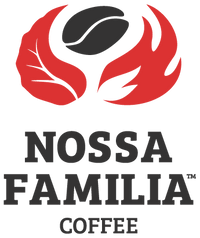



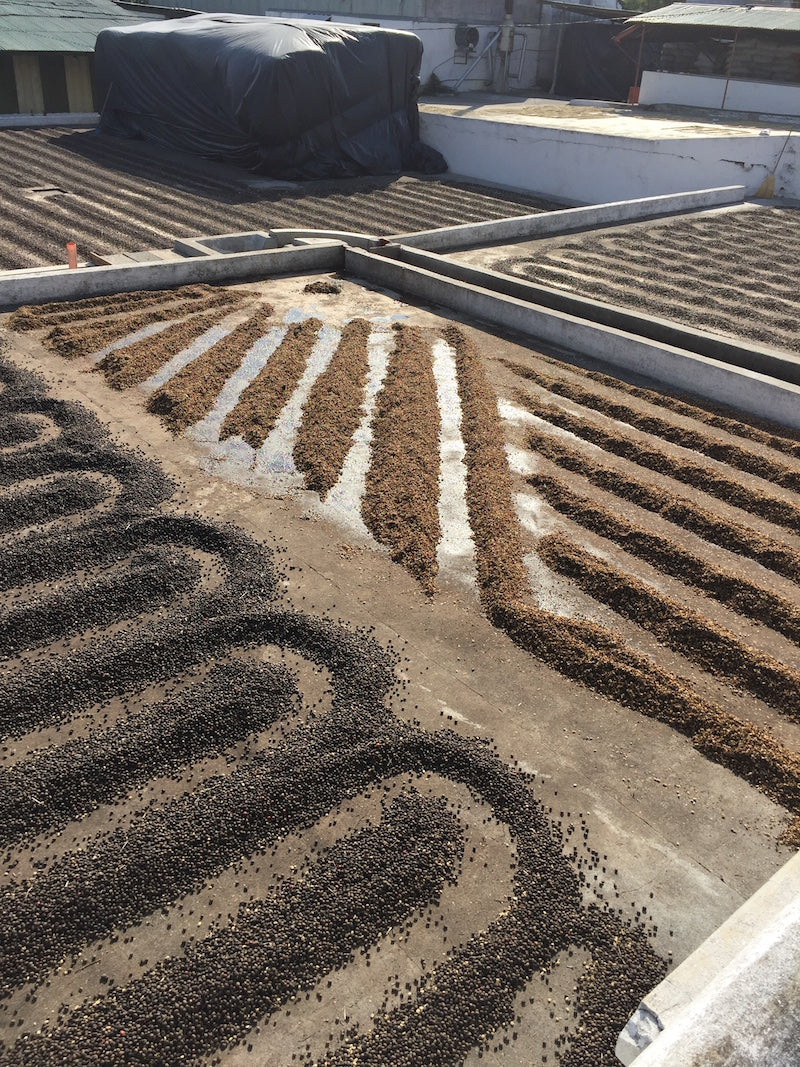

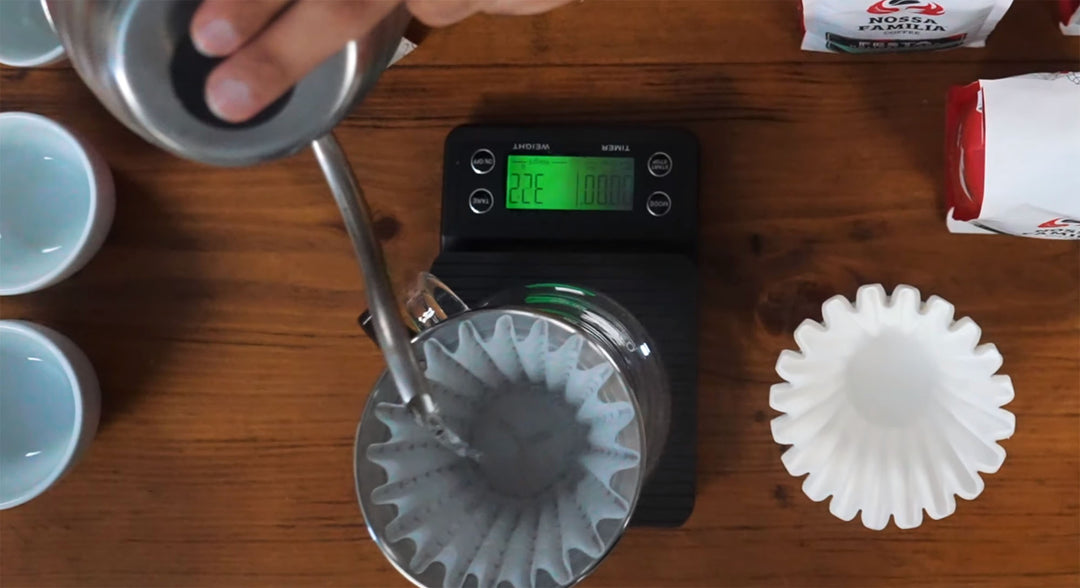
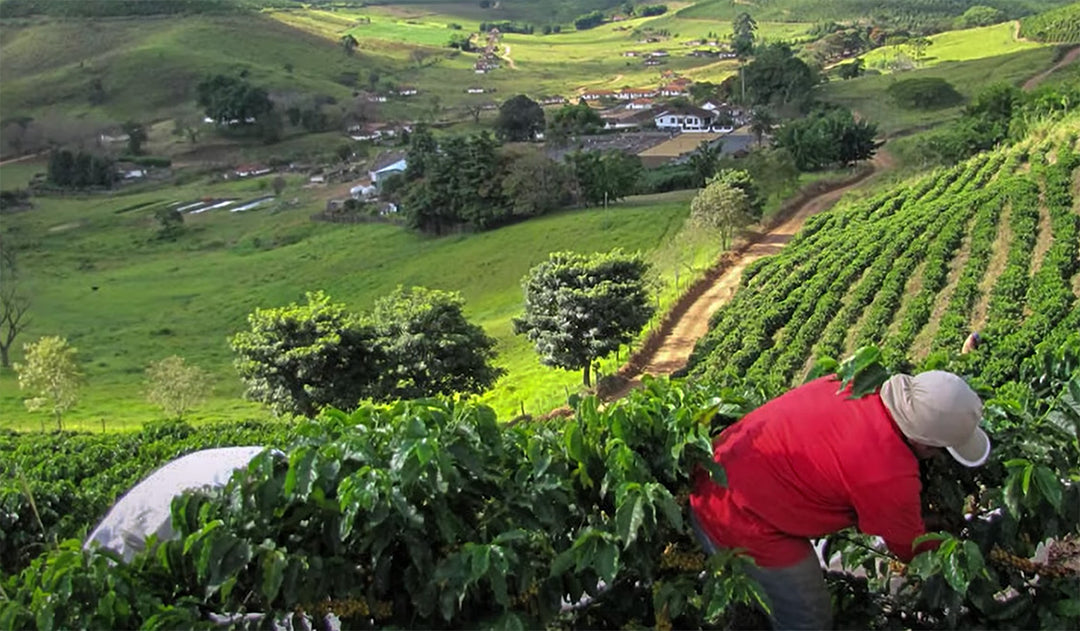

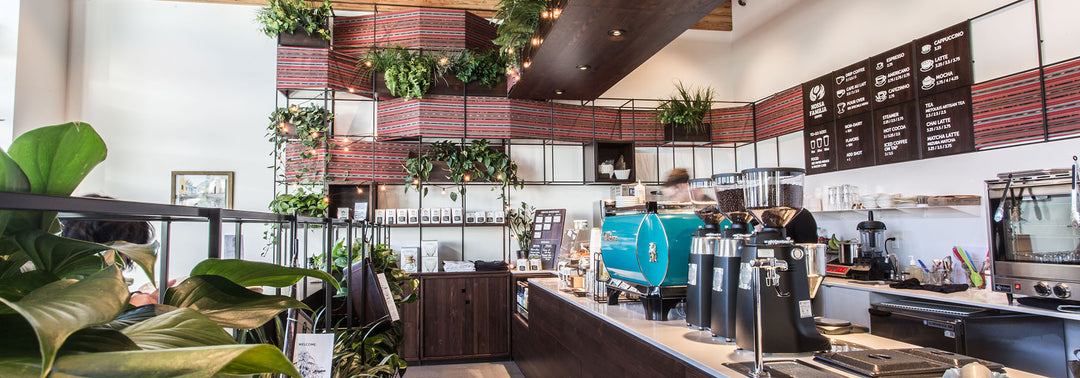
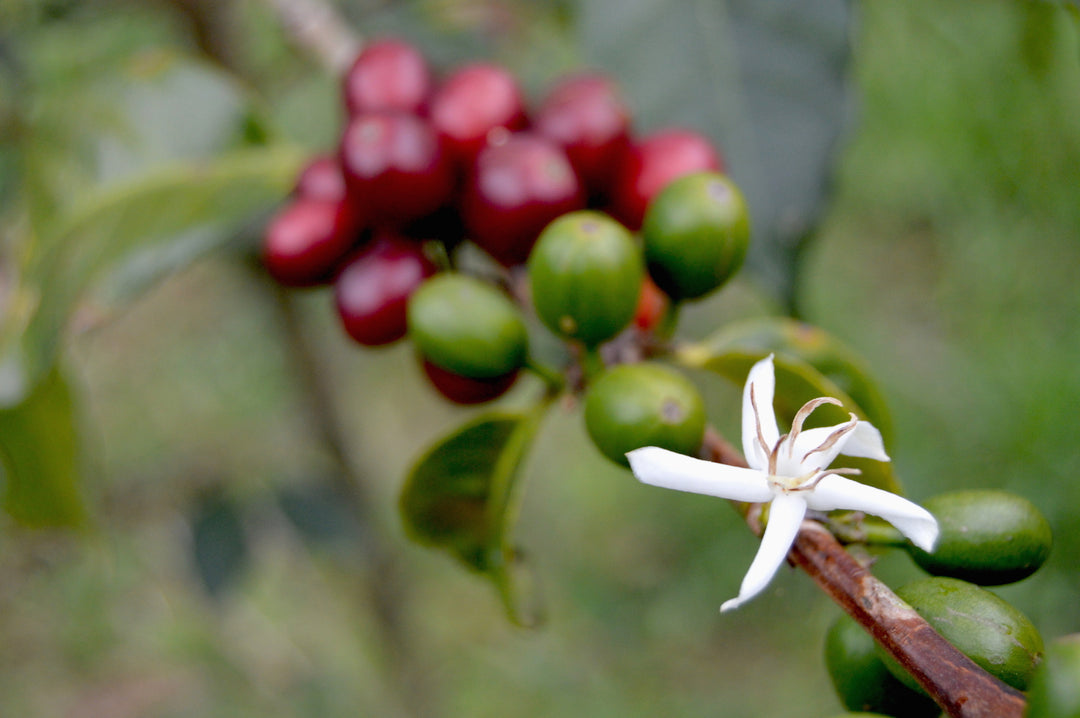

I really thank you I now know am supposed to deal in naturally processed coffee as a coffee producer
Leave a comment